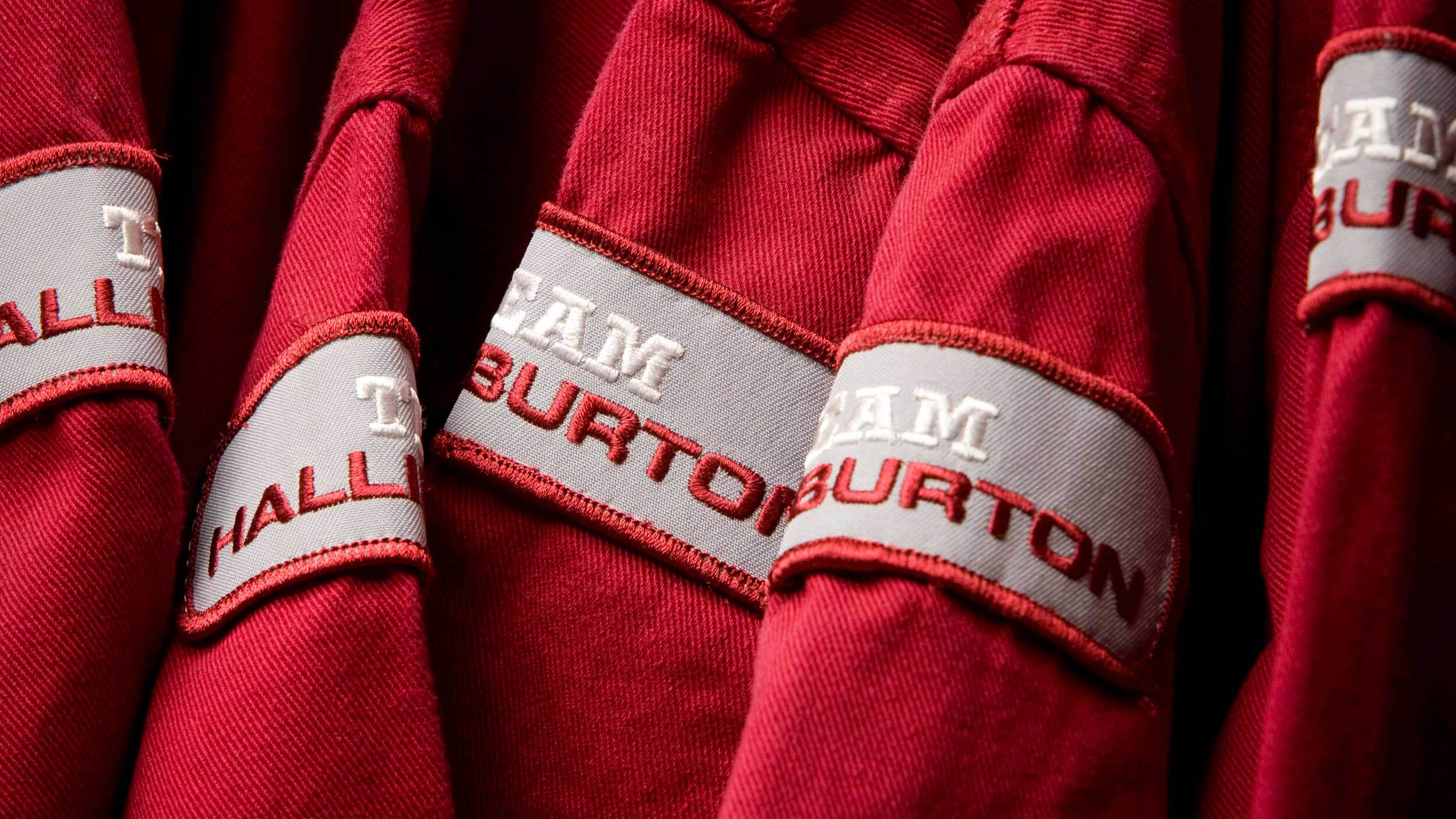 Search
Search
 Search
Search

BaraSeal™-957 wellbore sealant minimizes shale instability, helps reduce NPT by 99%; sealant maintains fragile gels in low equivalent circulation density fluid
Download PDFDeepwater

Wellbore instability in intermediate sections

Norwegian Continental Shelf

Wellbore instability is common in overburden sections in Norway. One potential contributor is the seepage of nonaqueous drilling fluid (NAF) into formation microfractures. These losses raise the near-wellbore pressures, lubricate the microfractures, and weaken the wellbore wall. This results in hole collapse, wellbore cavings, and nonproductive time (NPT).
For operators, it is critical to reduce pressure transmission, fluid loss, and lubrication of the microfractures. This focus helps mitigate wellbore instability. Halliburton developed a BaraECD® 2.2 nonaqueous fluid (NAF) formulation that contains BaraSeal™-957 wellbore sealant. This enhanced fluid helps stabilize microfractured shales. Since its introduction, 29 sections have been drilled to target depth, cased, and cemented without issue.
For the operator, wellbore instability in intermediate sections presented numerous risks, such as cavings, pack-offs, and in severe cases, re-drills.
These issues were likely linked to several factors: significant open-hole exposure time, pressure cycle loads on formation after connections, and high seepage losses. Numerous surge and swab pressure cycles tend to generate blocky or splintery cavings and potentially cause pack-offs and hole fill upon tripping out. To help mitigate these risks, Halliburton collaborated with the operator to implement the BaraECD® nonaqueous fluid (NAF).
Organophilic clay-free, nonaqueous fluids have reduced downhole pressure spikes and swab and surge fluctuations. This impact has reduced the occurrence of downhole losses experienced in unstable microfractured formations.
However, on the previous 12 wells, significant nonproductive time occurred after drilling. When the operator attempted to run casing, obstructions were noted and attempts were unsuccessful.
This shifted the focus to sealing agents. These products can mitigate wellbore instability by plugging microfractures and stopping the movement of pressure. Classic “black powder” fluid loss control agents have been used in the past. However, they are now known to interfere with the proper function of organophilic clay-free NAF.
A more compatible alternative to these black powder fluid loss control agents was required. BaraSeal™-957 wellbore sealant was identified because it is a synthetic copolymer that “deforms” and combines with existing additives and solid particles in the fluid. It enhances sealing of microfractures ranging from about 20 to 150 µm. Laboratory testing (particle plugging tests — 55 µm and 120 µm disks) verified the performance of BaraECD® NAF treated with BaraSeal™-957 wellbore sealant. Rheology tests proved the system maintained beneficial organophilic clay-free NAF behaviors.
Relative to the base mud, the sample with BaraSeal™-957 wellbore sealant exhibited a rheology profile with a slight change. Its properties were superior to the equivalent “black powder” example. Key differences included lower plastic viscosity and more controlled gel strengths.
The fluid with BaraSeal™-957 wellbore sealant maintained a low rheology profile overall, and its fragile gel strengths were improved over the base mud.
The comparison of filtrate and whole mud losses on 55 and 120 µm ceramic discs (to mimic microfracture openings) showed that BaraSeal™-957 wellbore sealant fluid outperformed the “black powder” sample. Based on the fluid loss and rheology observations, a BaraECD® NAF 2.2 fluid that contained BaraSeal™-957 wellbore sealant was selected to address the microfractures in the Norwegian Continental Shelf area overburden sections.
NPT reduction after sealant implemented
Reduction in wellbore stability incidents
Sections drilled to total depth
µm enhanced sealing
Before the implementation of BaraSeal™-957 wellbore sealant, 12 wells had 143 days of NPT. After implementation, 21 wells had 1.9 days of nonproductive time. A total of 29 sections (19 12¼-in. by 13½-in. and 10 16½-in.) were drilled to target depth and cased with zero NPT. The overburdened sections went from high NPT to completed ahead of schedule. The number of wells with issues decreased from 90% to 7.7%, resulting in an 82% reduction in wellbore instability incidents and a 99% reduction in NPT.

Portfolio of engineered high-performance oil-based fluids and additives that can be customized to meet your specific challenges
